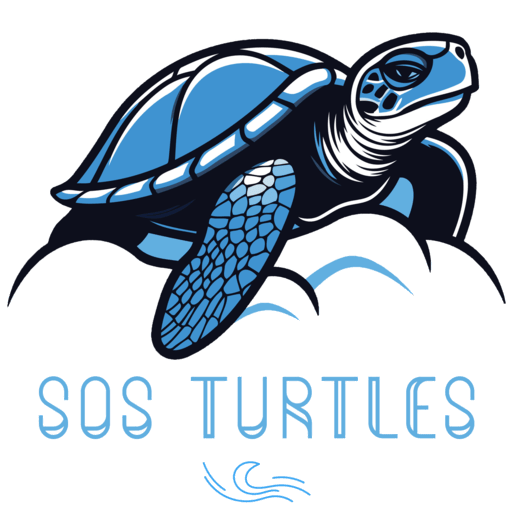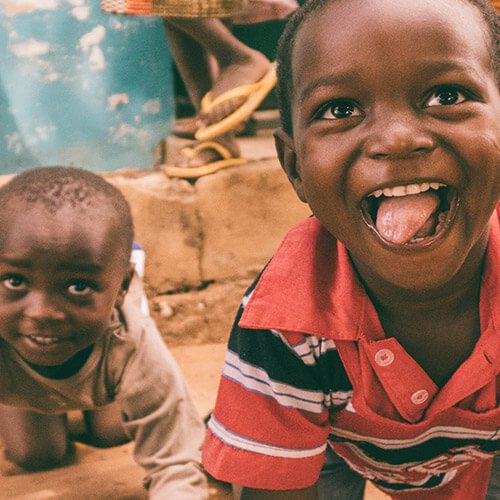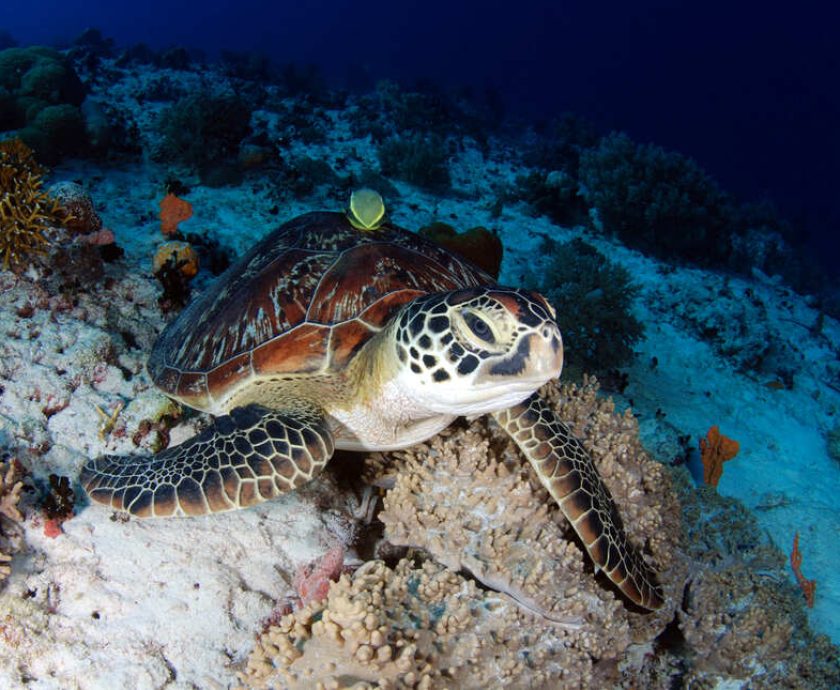In the ocean, a silent enemy lurks for sea turtles: plastic. This material, which has become an integral part of our daily lives, represents one of the greatest threats to the survival of these ancient creatures. In this article, we will explore how plastic affects sea turtles and what measures we can take to help mitigate this critical issue.
Table of Contents
The Impact of Plastic on Sea Turtles
Sea turtles are vulnerable to plastic waste at various stages of their lives. From hatchlings to adults, plastic can harm them in several ways.
1. Ingestion of Plastic
One of the most common ways sea turtles are affected by plastic is through accidental ingestion. Turtles often mistake floating plastics, such as bags and wrappers, for their favorite foods, like jellyfish. This confusion can lead to the ingestion of plastics that cause intestinal blockages, malnutrition, and often death. Studies have shown that over 90% of certain turtle populations have ingested microplastics.
2. Deadly Entanglement
In addition to ingestion, sea turtles also face the risk of becoming entangled in plastic debris. Lost fishing nets, ropes, and other types of plastic can ensnare these creatures, limiting their mobility and causing severe injuries or even drowning.
3. Chemical Pollution
Plastic is not just a physical danger; it can also be a source of chemical pollution. Many plastics contain toxic additives that can leach into the water and affect the hormonal health of turtles. Some studies have shown that certain chemicals found in plastics can feminize turtle populations.
Alarming Facts About Plastic and Sea Turtles
- It is estimated that over one million sea turtles die each year due to plastic ingestion and other waste-related issues.
- Each piece of plastic they ingest significantly increases their risk of premature death; for example, ingesting just one piece can raise the likelihood of death by 20%.
- The most affected areas by plastic pollution include ocean gyres where large amounts of debris accumulate.
How We Can Help
The good news is that there are concrete actions everyone can take to help reduce the impact of plastic on our sea turtles:
1. Reduce Plastic Use
The first step is to decrease our own use of disposable plastics. Opting for reusable alternatives, such as cloth bags and refillable bottles, can make a significant difference.
2. Participate in Community Cleanups
Joining local groups that organize beach cleanups is an excellent way to help the environment directly. Every small effort counts in keeping our coastlines free from plastic waste.
3. Support Environmental Policies
Supporting initiatives and policies that promote reducing plastic use and protecting the environment is crucial. This includes voting for leaders committed to sustainability and participating in local campaigns.
4. Educate Others
Education is a powerful tool. Sharing information about how plastic affects sea turtles and other species can inspire others to act and make changes in their own lives.
Projects and Organizations Making a Difference
Numerous organizations are dedicated to combating plastic pollution and protecting sea turtles:
- SOS Turtles: This organization works to protect nesting habitats and reduce the impact of plastic on sea turtles through educational programs and community projects.
- Ocean Conservancy: Known for its annual ocean cleanups, this organization also advocates for policies that reduce plastic waste in our oceans.
- Plastic Pollution Coalition: This global coalition seeks to unite voices to address the plastic crisis through education, research, and political advocacy.
Conclusion
Plastic poses a significant threat to sea turtles and other marine species. However, by taking proactive measures in our daily lives and supporting organizations dedicated to this cause, we can contribute to a safer future for these magnificent creatures.It is essential to remember that every action counts; from reducing our personal plastic use to actively participating in community cleanups, we all can do our part to protect our coastlines and oceans. Effective conservation requires collective effort, and together we can make a real difference in the fight against plastic pollution.At the end of the day, caring for our planet not only benefits sea turtles; it also ensures a healthy environment for all forms of life. Let’s act now to preserve our oceans for future generations!
For the most current information, explore our homepage to learn about our mission, initiatives, and how you can get involved in sea turtle conservation!











